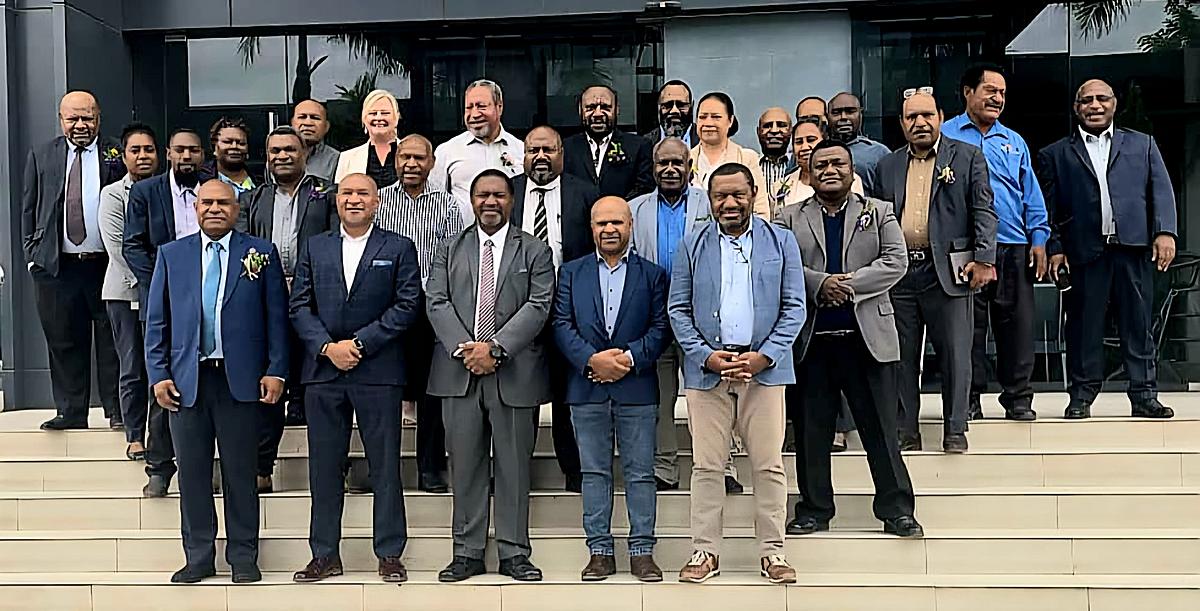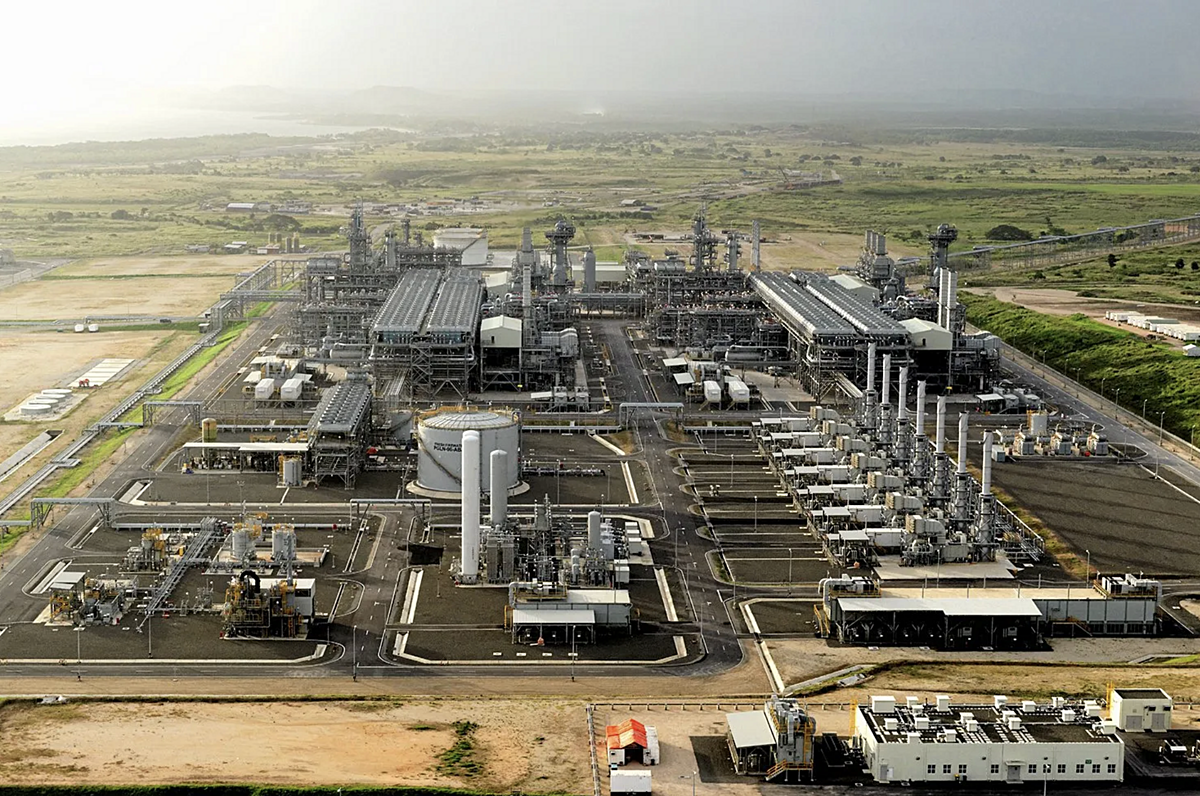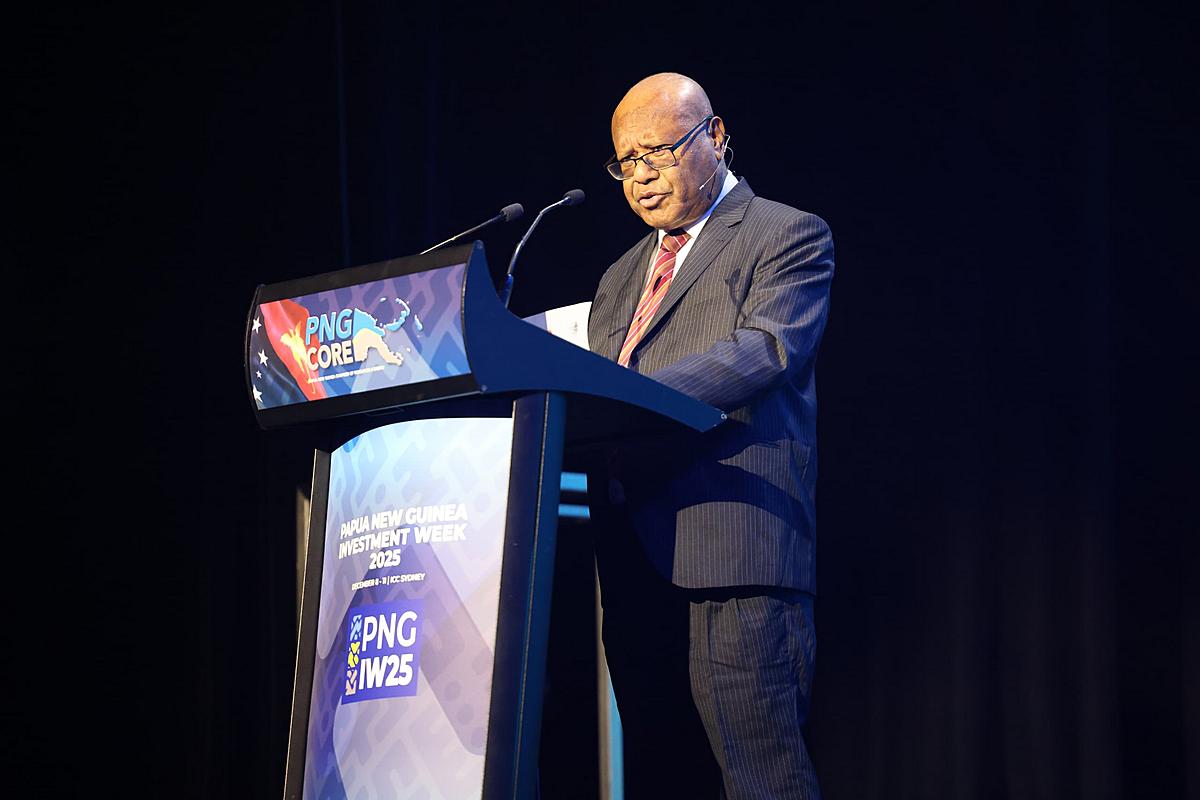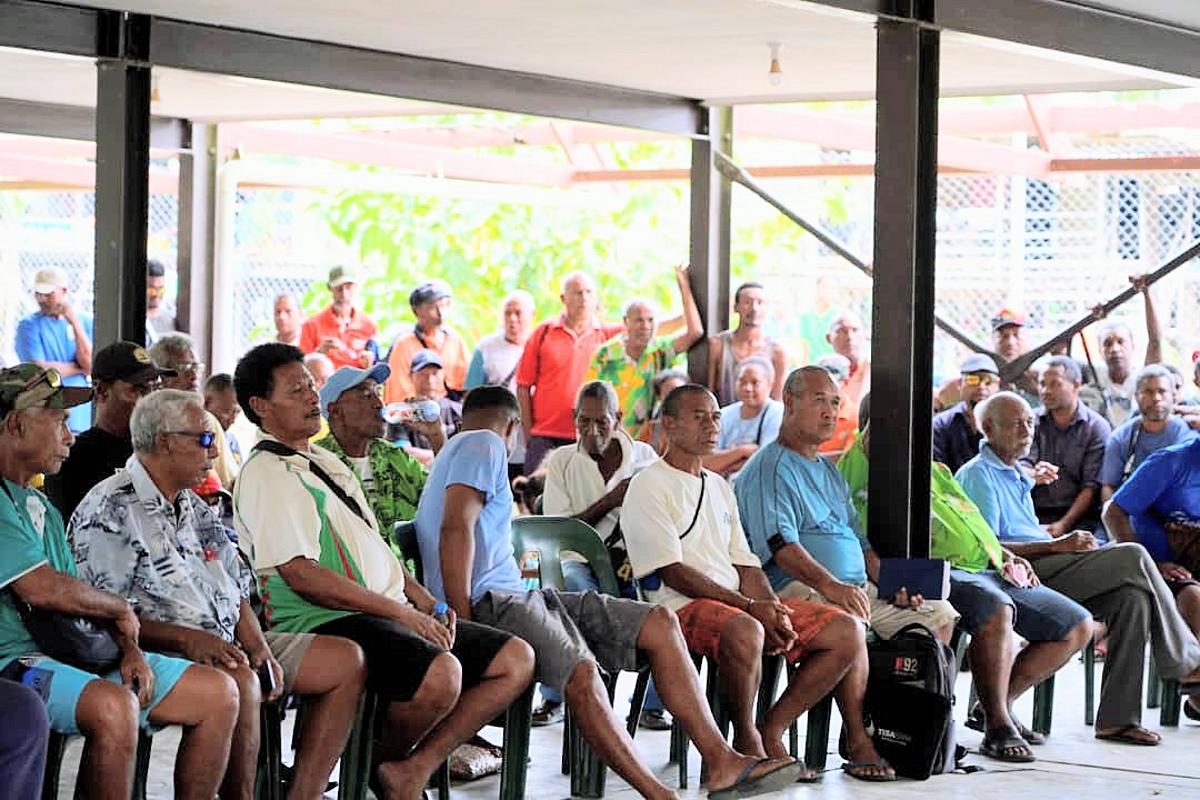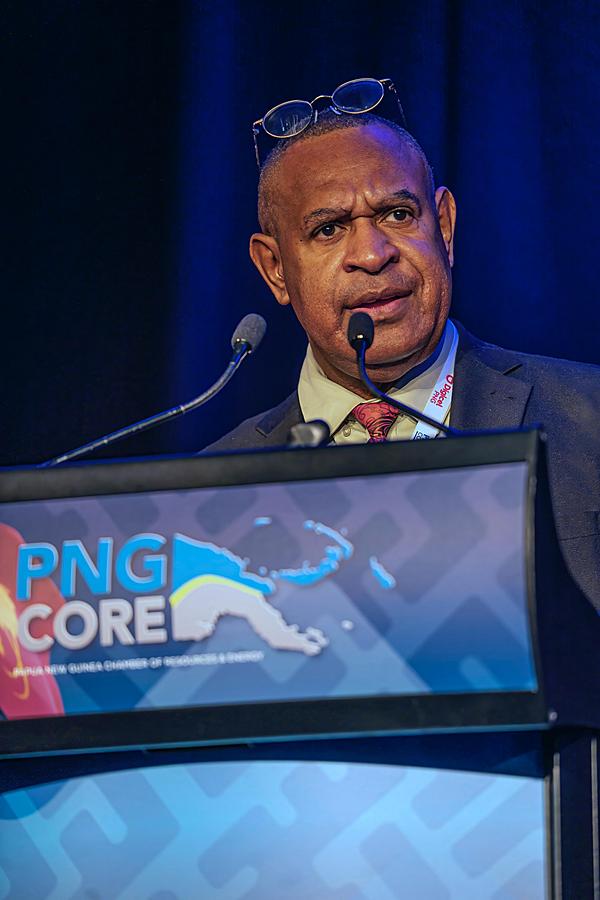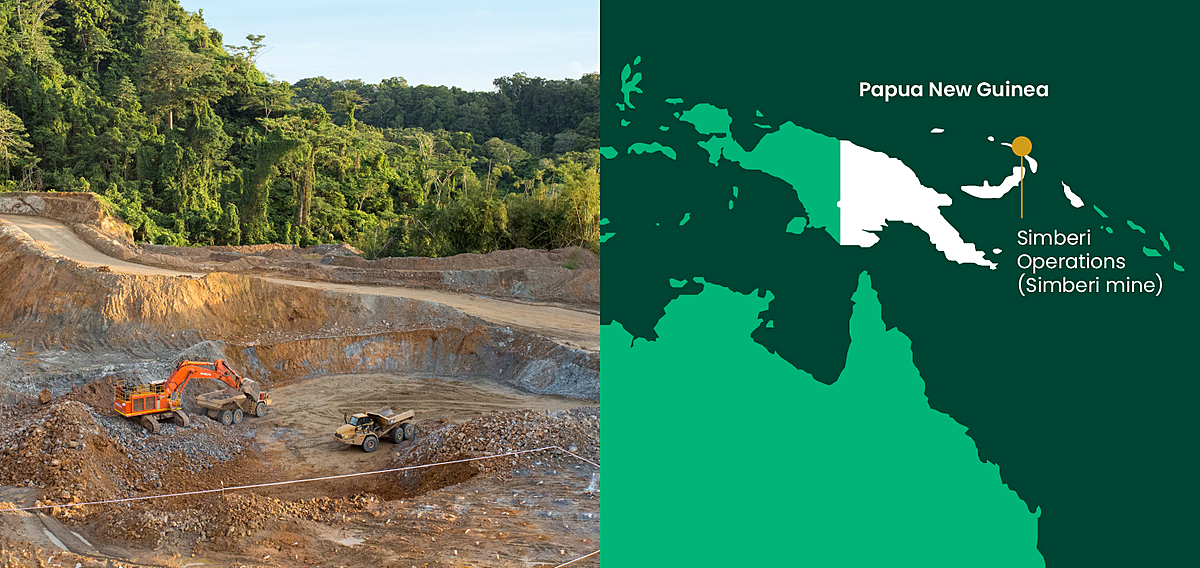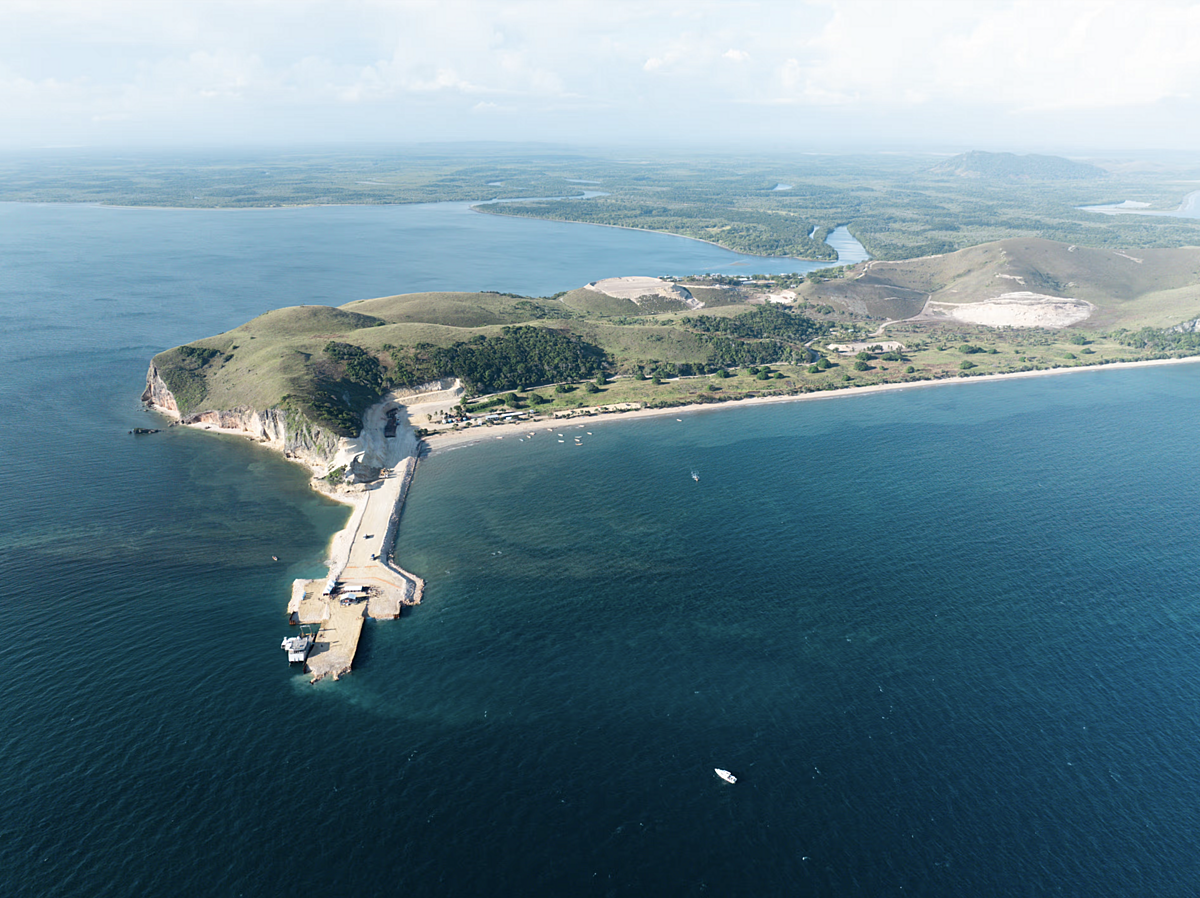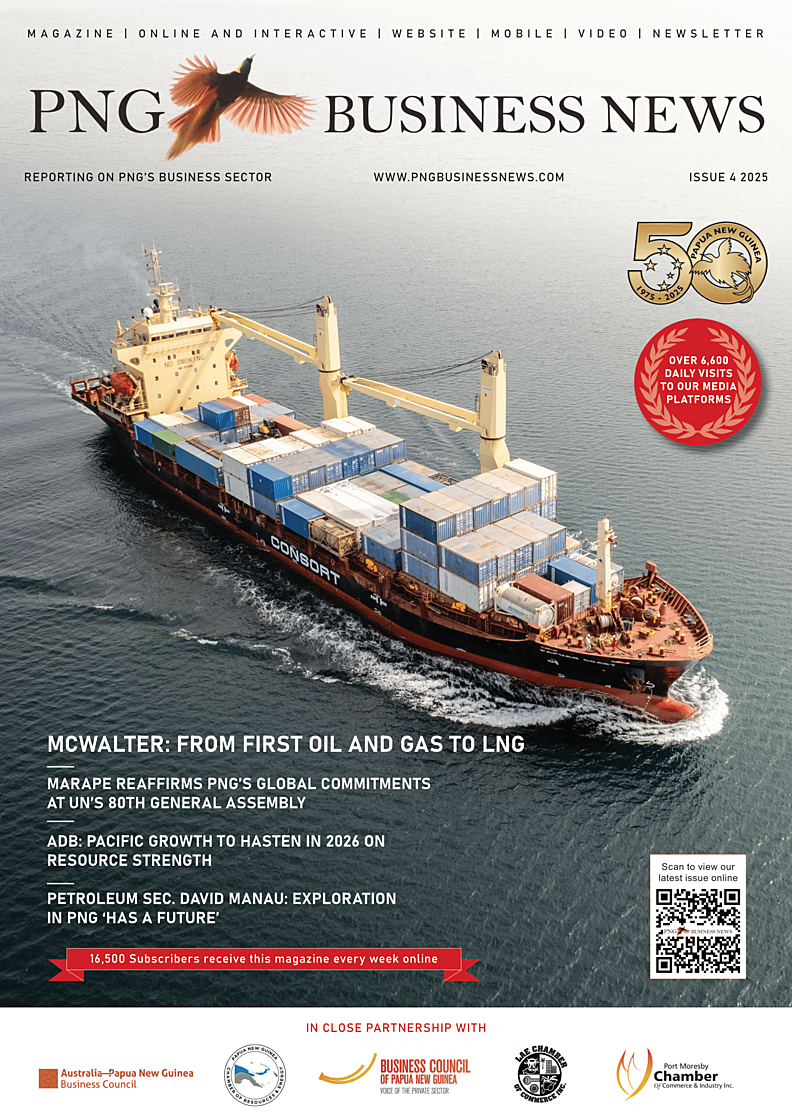The advantages of having a second Liquefied Natural Gas (LNG) project in a country like Papua New Guinea is important and strategic in that the people are attached to the land, and they want to feel they are part of the extraction of resources and wealth -- and they can only do that through the development of their customary land.
The focus has shifted from Oil to Liquefied Natural Gas (LNG) in the 2000s and the country is now looking at three more LNG trains to be added to the two trains that exist now.
Total Energies EPPNG, the developer of the Papua LNG project in the Gulf Province, will be progressing to utilize the Elk and Antelope gas fields before ExxonMobil's proposed development of P’nyang in Western Province, as this phased approach to gas development would support ongoing economic growth in Papua New Guinea.
Design work on the upstream, gas production side of the Papua LNG project, involving tapping the Elk and Antelope fields in the eastern Papuan Basin, started in July 2022, and this will now be extended to be ready for construction that could begin as soon as 2024.
In contrast, the P’nyang project will be an independent project with landowner benefits to be provided under a future benefit sharing agreement to be negotiated by the State in accordance with the Oil and Gas Act.
Currently the Papua LNG project is on course to be PNG’s second natural gas project, and PNG Prime Minister James Marape hopes the development will spur economic growth in a country where majority of the population live below the poverty line.
Wapu Sonk, Managing Director of the country's national petroleum company Kumul Petroleum Holdings Limited (KPHL) recently stated in an interview: "Papua New Guinea is well known for its extensive and profitable gas fields. While our LNG reserves are lower than those found in Qatar or Mozambique, for example, we still have a significant amount of discovered gas, and that allows us to play an increasingly important role in the global LNG supply chain". [1]
"We will continue to benefit from our proximity to Asian markets, which limits transportation costs and offers lower geopolitical risk than the Middle Eastern market. It will be important for us to capitalise on this advantage by maintaining the progress we have made in terms of project development in our country". Mr Sonk said.[1]
Papua LNG Project - Early Works and Infrastructure
Recently the business fraternity in Port Moresby sat over a breakfast organised by Papua LNG's project developer TotalEnergies EPPNG in conjunction with Port Moresby Chamber of Commerce and Industry (POMCCI) to give both national and international businesses an insight on the early works of the Papua LNG project, and a brief on the progress of the project on the 11th of May 2023 at the Royal Papua Yacht Club in Port Moresby. [2]
Speaking at the breakfast was Managing Director of Total Energies EPPNG Jean-Marc Noiray, who said the Project has not yet started work but has already started implementing community based projects and infrastructure within the project area. [a]
"The Papua LNG Project is a big project and we are just at the begining of construction of its multi-decade production life, but already we can see the impact through the successful early works and start up in and around the project," Noiray said. [a]
"Do not underestimate the confidence that the Papua LNG project's reputation will give others as they consider investing in this great country,” he said.
"Integrated efforts by all stakeholders in the early progress of the project is key to see PNG reap benefits from the project through development of Roads, Bridges, Airstrips as well as developing local content during the early works and infrastructure start up phase of the project". Mr Noiray said. [a]
The project is expected to create significant economic benefits for Papua New Guinea, including job opportunities, infrastructure development, and revenue generation. The project is also expected to contribute to the country's energy security and reduce its reliance on imported fuel. [a]
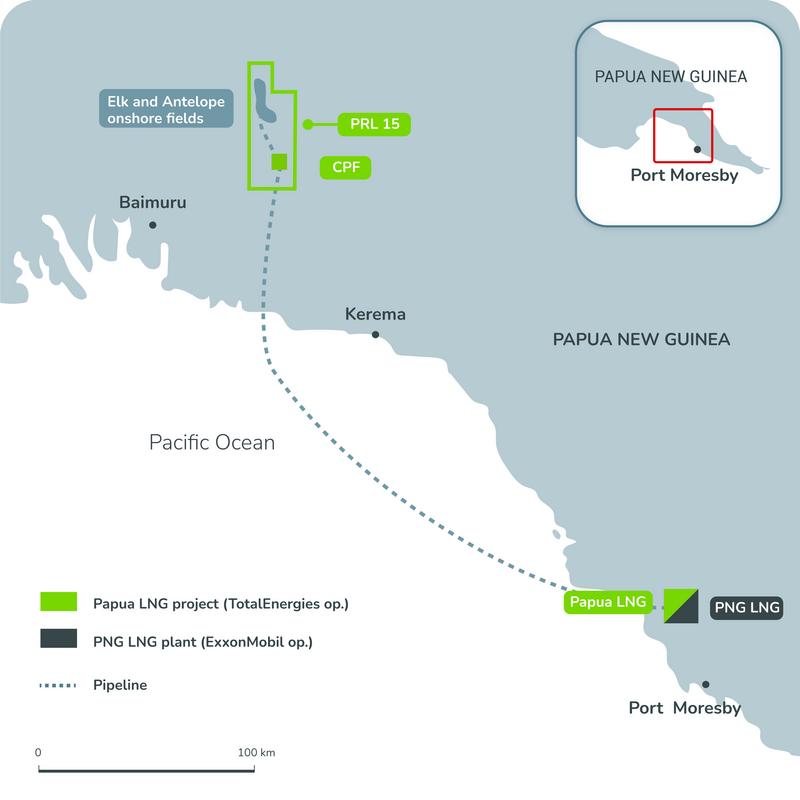.jpg)
During the information session, representatives from TotalEnergies and EPPNG provided details on the project's timeline, scope, and potential impact on the local communities. They also discussed the company's commitment to environmental sustainability and social responsibility. [a]
Local business owners and entrepreneurs expressed their interest in participating in the project and learning more about potential business opportunities. They also raised concerns about the project's potential impact on the environment and the need for effective community engagement and consultation. [2]
National Content
Business opportunities for PNG companies will be mostly in the aspect of supplier development of the project. This will be In accordance with the Oil and Gas Act, and PNG companies will be used for the supply of goods and services wherever they are competitive with foreign sourced goods and services. [2]
Strategic Community Investments will be a mainstay within the lifespan of the project as these are corporate contributions and other voluntary community investments made in host communities. They are designed to reduce barriers to development, build capacity and improve standards of living through programs targeting health, education, sustainable livelihoods and environment. [b]
The Papua LNG project will ensure that a skilled local workforce is established and expected to offer over 5,000 positions to nationals through the WAN PNG recruitment platform over its lifespan. The project is focused on setting an exemplary stance in its implementation by paying particular attention to the environment and biodiversity, while ensuring the rights of the local communities and landowners. [b]
Wan PNG platform
The much anticipated strain on human resources, particularly in relevant skilled areas, is a contributing factor in phasing each developing project. [2]
The competition for skilled workforce is already underway domestically and internationally. Its also a revolutionary opportunity to build up PNG’s current local workforce, with the technical and soft skills which will be needed as the country progresses into this new wave of economic development. [2]
The collaboration between Ubidy and KPHL with the support of Total Energies has made way for the emergences of Wan PNG a National recruitment Platform focused on developing local talents and is intended to provide 5,000 job opportunities for PNG nationals for the Papua LNG project when it launches. [c]
At a glance, the Wan PNG platform was developed by Ubidy, a global recruitment marketplace for employers, jointly with KPHL. The platform is dedicated to expanding opportunities for local Papua New Guineans with the goal to increase the development and employment of local PNG talent in sharing newfound opportunities in the country's booming resource and industrial sectors. [c]
Papua LNG Project objectives
Papua LNG project's commitment is to produce natural gas, the lowest carbon fossil fuel, with a very high focus on protecting land, wildlife, local inhabitants, and their livelihoods, as well as expanding knowledge of PNG's biodiversity and its preservation. [d]
The project also aims at creating employment opportunities during both construction and production to provide a catalyst for further gas-based industry development in the country. It supports capacity building of government agencies involved in the petroleum sector as well as supporting capacity building and skills development of domestic SMEs and workforce. [d]
To move national content, TotalEnergies and its partners are working closely with an independent panel of experts highly recognized for their contribution on environment and socio-economic development, to make the Papua LNG project best-in-class in terms of sustainability. [d]
Technological aspect - LNG e-Trains
The most important infrastructure needed for LNG production and transportation is an LNG plant consisting of one or more LNG trains, each of which is an independent unit for gas liquefaction (melting and condensing) and purification. [3]
A typical LNG train consists of a compression area, propane condenser area, and methane and ethane areas. In the context of the midstream oil & gas sector, a train consists of various components to process, purify, and convert natural gas to liquefied natural gas (LNG). [3]
They are called trains because of the consecutive arrangement of the equipment used to process and liquefy natural gas.[3]
TotalEnergies confirmed the use of four electric LNG trains to process gas at 6 million tonnes a year. The use of the revolutionary new technology for processing gas will ensure lower emissions and better efficiency. [4]
The electric trains will be supplemented by two of the existing conventional trains used at the PNG LNG facility at Caution Bay, which is 20km out of Port Moresby.[4]
One of the new LNG trains would be fed by the P’nyang expansion and the other two by Papua LNG. By sharing infrastructure at the PNG LNG plant, it is estimated that stakeholders could save US$2bn-3bn in construction costs. Altogether the two projects would almost double the country’s LNG export capacity, with Papua LNG alone adding 5.5m tonnes per year to existing capacity at the PNG LNG plant. [4]
Papua LNG is expected to have liquefaction capacity of up to six million mt/year of LNG, with first production expected by the end of 2027 or early 2028.
Current Project Timeline
Prime Minister Hon James Marape recently remarked that the project is on track, setting the stage for 4 years of Papua LNG construction, immediately followed by another 4 years of the P’ynang project construction, and that the FEED phase will be completed in less than 12 months, which will include the marketing project resources to potential markets and counterparts abroad compared to PNG LNG FEED phase which spans over 16 months. [5]
Papua LNGs FID is expected by 4th quarter 2023 or 1st Quarter 2024 and construction is to begin thereafter from 2024 to 2027. P’nyang LNG will commence construction in 2027 to 2032, effectively giving 8 years of construction phase and its benefits to the economy. [5]
The venture partners in the Papua LNG project are currently TotalEnergies (31.1 per cent), ExxonMobil (37 per cent) and Santos (22.8 per cent). A final investment decision is expected to trigger the PNG State’s direct involvement in the venture, with the following percentages expected. [2]
References:
1) Australian Financial Review (23 March 2023) | PNG hatches plan for new,gas fields https://www.afr.com › ... › Energy
2) TotalEnergies insight into Early Works and Infrastructure of Papua LNG (11th May 2023/ Business Breakfast and Infornation Session (Attended session)
- Papua LNG Project - Early Works and Infrastructure
- National Content
- Wan PNG platform
- Papua LNG Project objectives
See press releases and full insight and speeches on website: https://papualng.com.pg/
3) What is an LNG Train? Cameron LNG/ LNG and Liquefaction https://cameronlng.com › lng-facility
4) Papua New Guinea: TotalEnergies launches integrated engineering studies ... ( 7th March 2023) https://www.google.com/url?sa=t&source=web&rct=j&url=https://totalenergies.com/media/news/press-releases/papua-new-guinea-totalenergies-launches-integrated-engineering-
5) Oil & Gas Journal (7 March 2023) TotalEnergies launches integrated FEED for Papua LNG project https://www.ogj.com › ... › LNG


